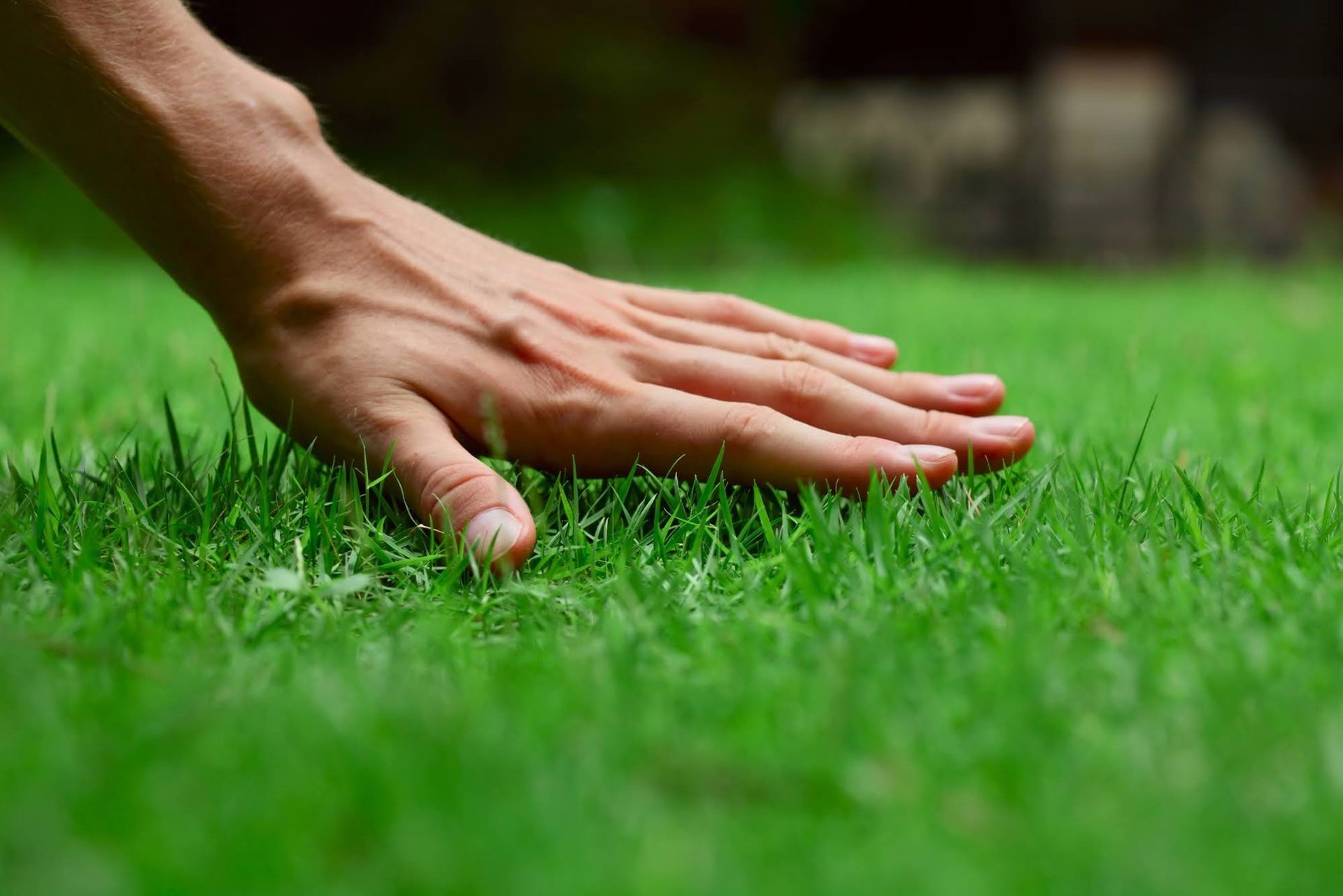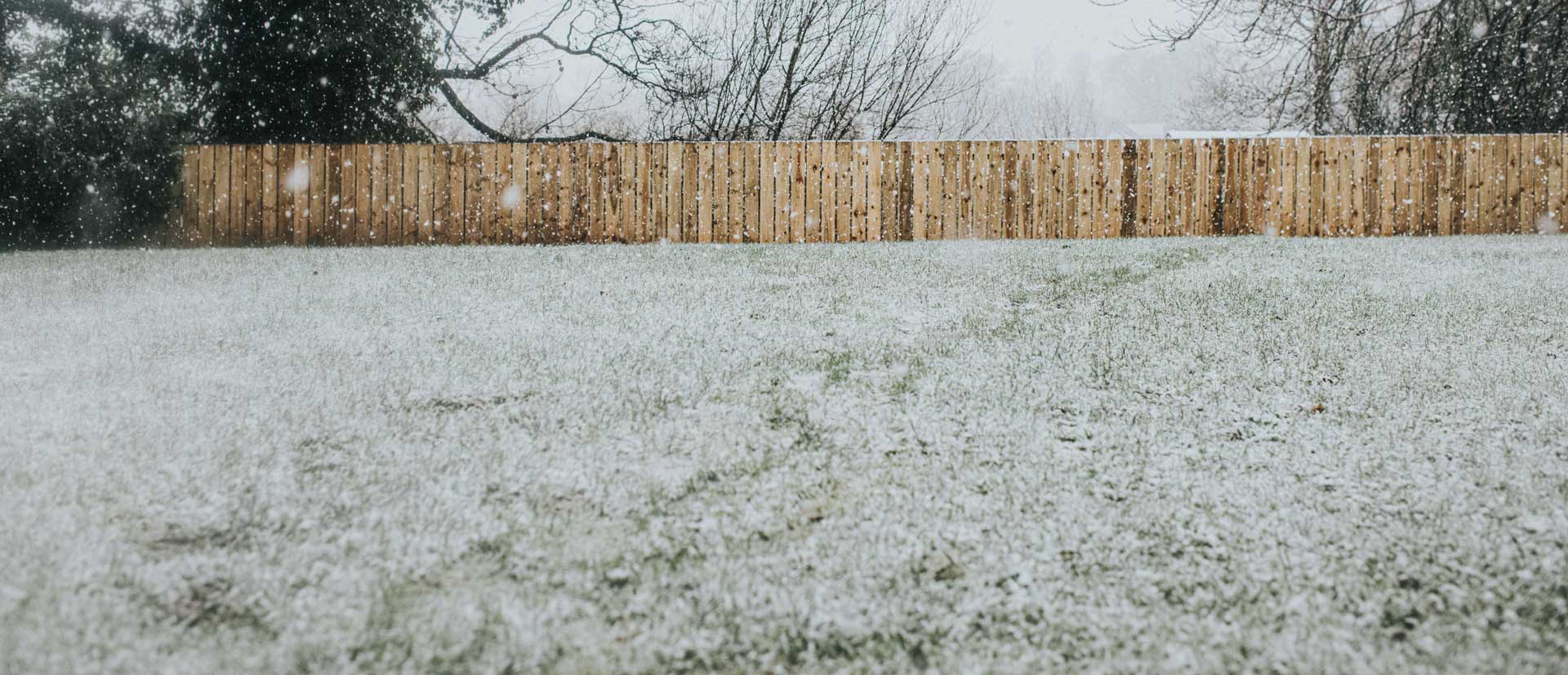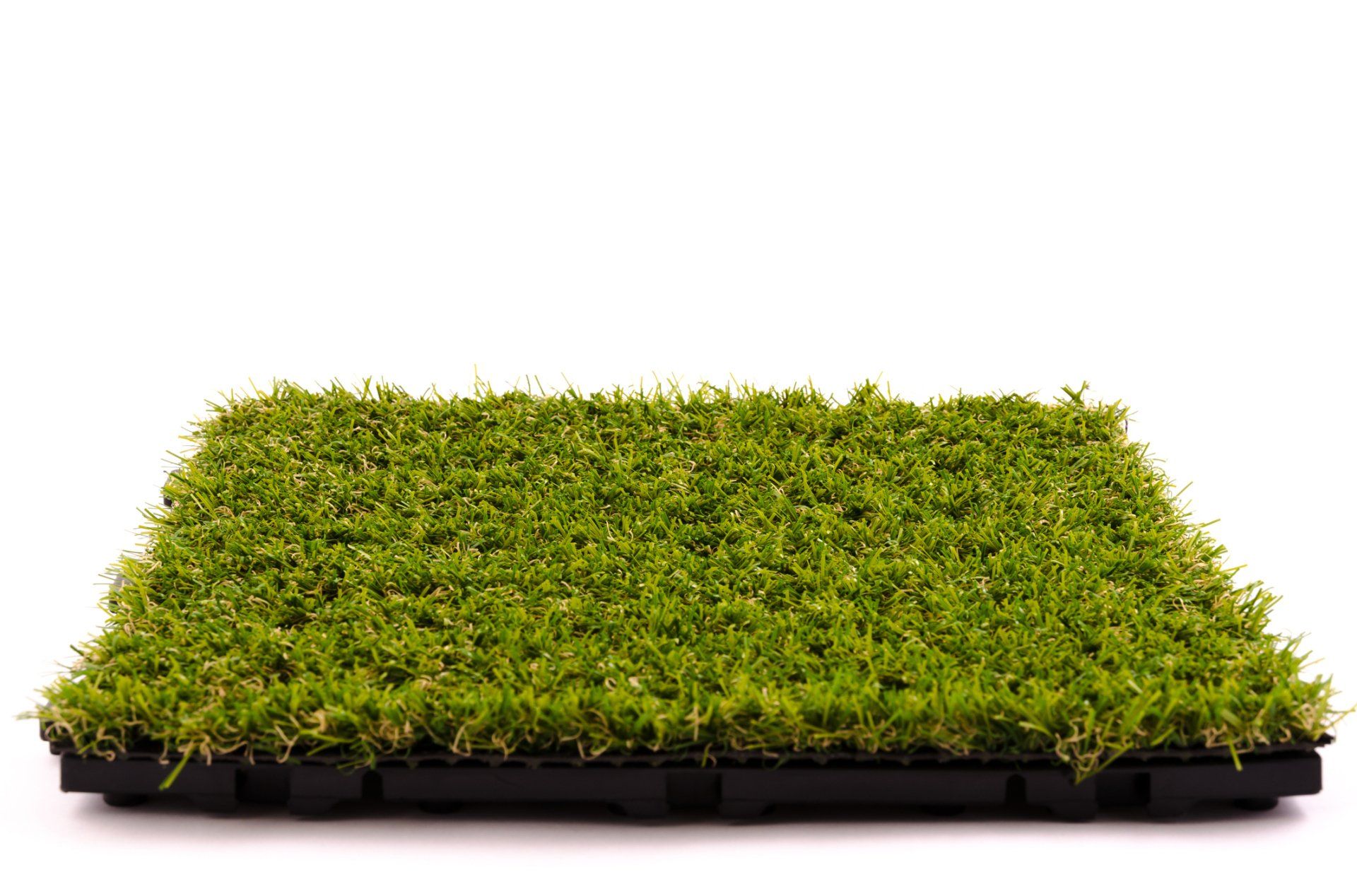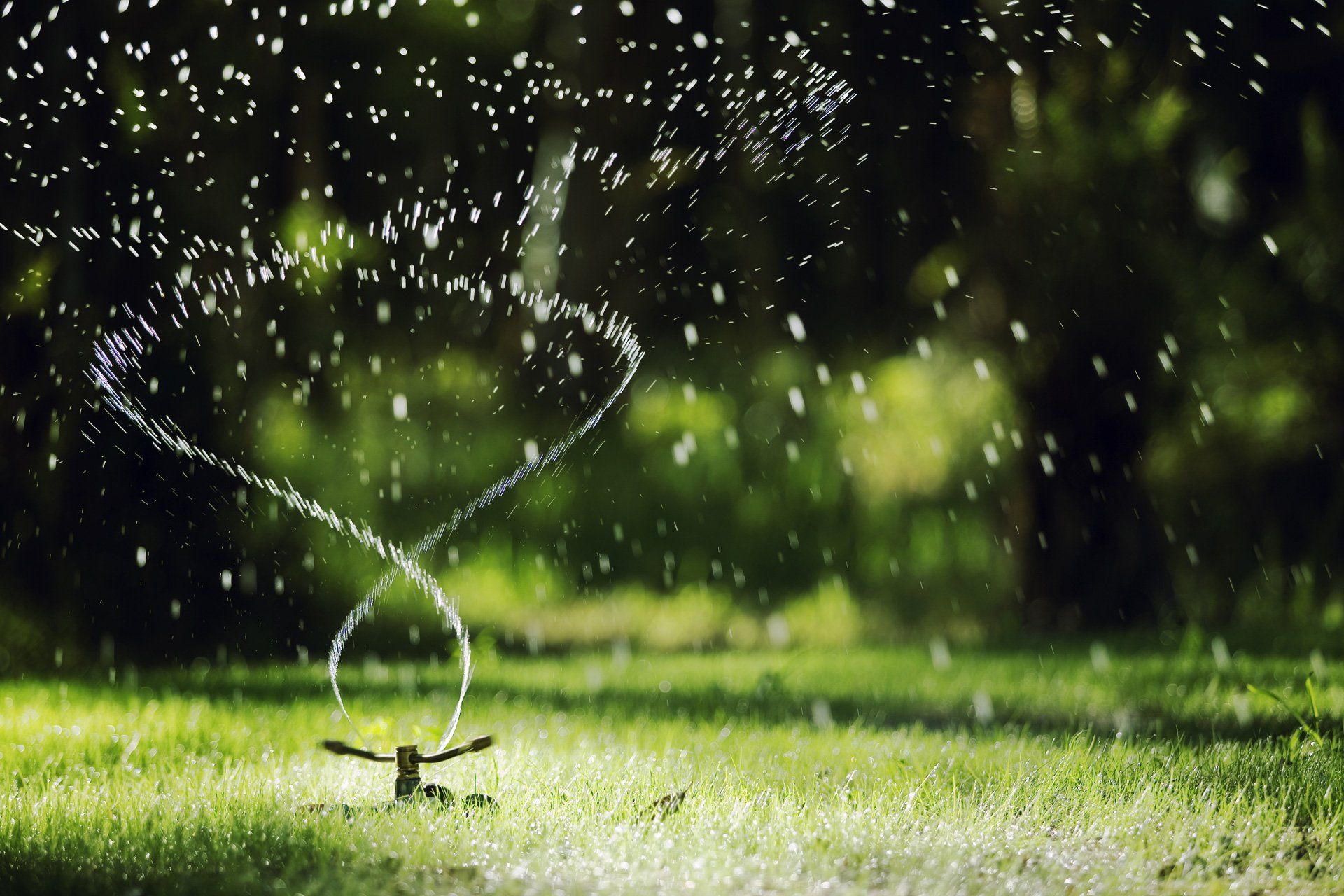2 Reasons Your Lawn Is Taking Too Long to Grow
- By Admin
- •
- 19 Apr, 2022
- •
If the grass in your lawn takes forever to grow even after you’ve followed all the instructions on how to take care of it, you may not know what to do. Chances are, one of the following factors is the reason for your lawn struggles. Learn what they are and how to fix them.
1. Poor Soil Conditions
Most people are familiar with the effects of poor soil conditions on plants. When the soil is too dry, plants wilt and eventually die. When the soil is too wet, plants can rot.
However, some homeowners don't realize that such poor soil conditions can cause the grass on their lawns to grow slowly. The roots of grass plants need oxygen to grow and thrive. When the soil is too wet, the roots can't get the oxygen they need. As a result, the grass will grow slowly or not at all.
In addition, compacted or waterlogged soil can make it difficult for roots to spread and absorb nutrients. The grass will appear to grow very slowly, which gives rise to a patchy and unhealthy lawn.
Soil pH is another factor that can affect lawn growth. Soil that is too acidic or alkaline isn't conducive to grass growth. There needs to be a pH balance to allow for proper grass growth. Without the right balance, some nutrients, like nitrogen and phosphorous, might not be available to allow for proper grass growth.
If your landscaping expert discovers pH imbalances after a soil test, they can add lime or sulfur to adjust the soil's pH level. Lime makes the soil more alkaline, while sulfur makes it more acidic. Your lawn specialist's recommendation will depend on what the soil pH test uncovers.
Your lawn care expert can also install drainage systems or raised beds to improve air circulation. In addition, they can add sand or organic matter (such as compost) to the soil to ensure that the roots breathe and grow properly. If that's not enough, your lawn care specialist will use a lawn aerator to break up the soil and improve drainage.
2. Excessive Heat and Sunlight
Most people consider heat and sunlight beneficial to plant life. But in reality, too much of these elements can have the opposite effect on grass.
Excessive heat can cause the grass to go into survival mode, which further slows down its growth. Blades of grass will need to expend more energy to stay cool, which leaves them with little energy available for growth. As a result, the blades cannot photosynthesize and produce food for the rest of the grass.
Roots also suffer severe damage from excessive heat. They're often unable to absorb water and nutrients as well as they should. As a result, the grass can't grow to replace old grass blades with new ones.
Sunlight also has a huge effect on grass growth. Too much sunlight can cause the blades to become bleached and brittle. Excessive sunlight can also cause the roots of the grass to dry out, which makes the grass more susceptible to disease and insect damage.
You might need to water your lawn deeply and regularly to combat this problem. This strategy will help keep your turf moist to encourage healthy growth — even in direct heat or sunlight. In addition, you might need to mow your lawn more frequently during the hot summer months. Doing so will help to keep the blades short and protect them from the sun's harsh rays.
Your lawn care expert can install a lawn irrigation system that will water your lawn on a schedule to ensure proper hydration in hot weather. They can also recommend the best lawn fertilizers and grass seed to use in your area to help your lawn thrive in extreme heat.
A bit of care can go a long way to ensure that your lawn is healthy and at its best. Reach out to Wright Turf for more helpful lawn care tips.











